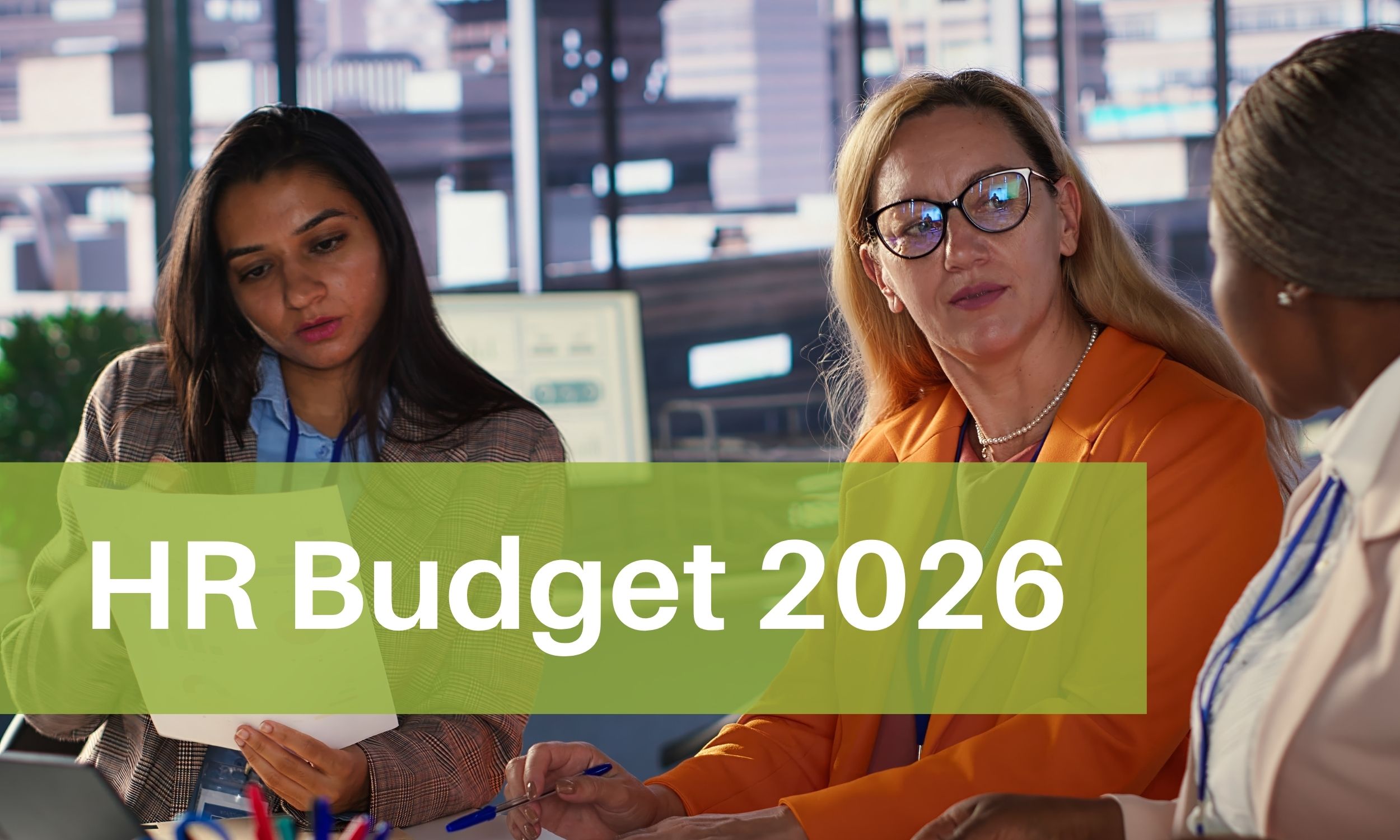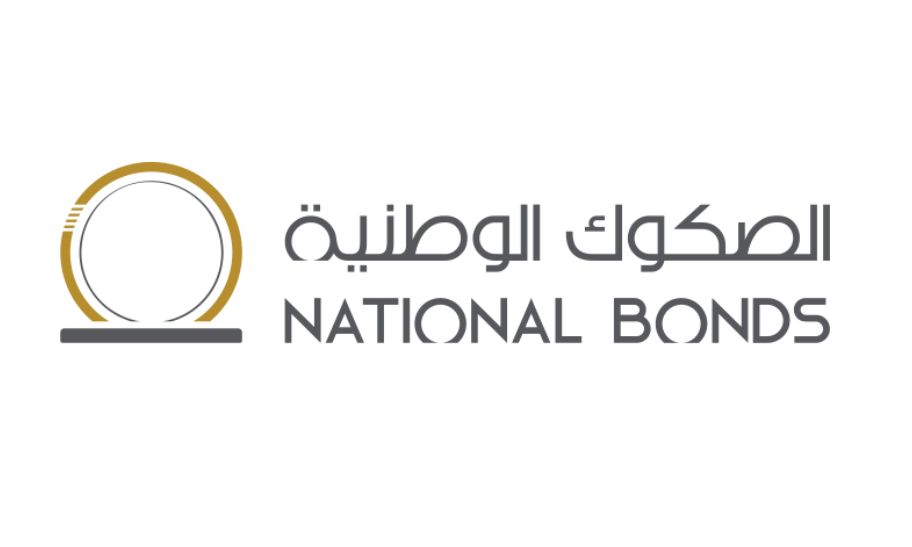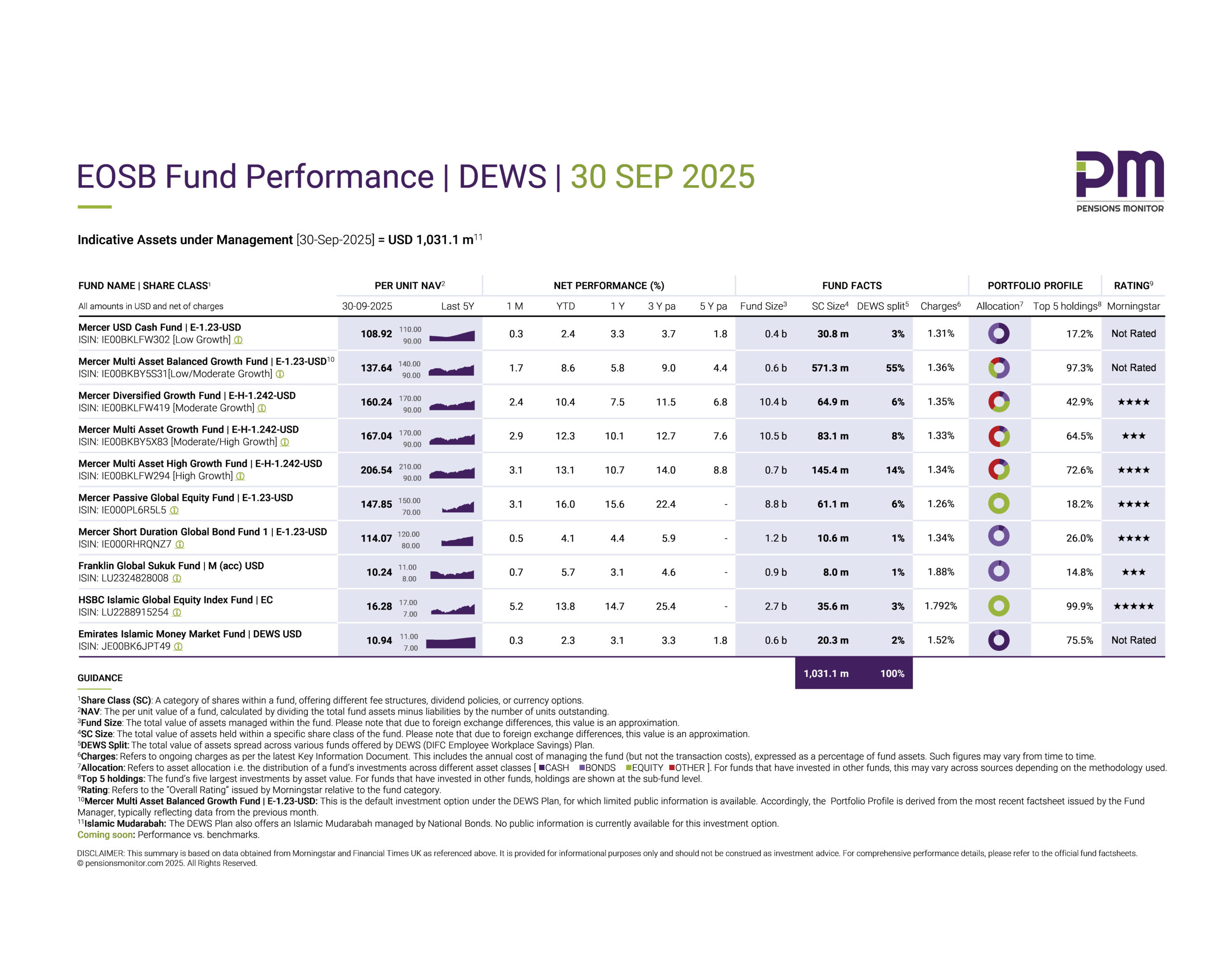
Yes, it’s that time of the year again: The 2026 budget awaits! It’s the time when Finance is crunching numbers, and every department (HR included) needs to formulate, quantify and justify their plans, projects and costs.
Given that it is “budget season”, we would like to ask HR Managers: Have you included End-of-Service Benefits (EOSB) transition costs in your 2026 budget?
In this article, we share our thoughts on this timely and relevant topic.
What will (and won’t) happen in 2026
Let’s start by clearing the air on timelines.
The regulation governing the new EOSB Savings Scheme, Cabinet Resolution 96/2023, is currently open for public feedback until 28 February 2026. This means the scheme is unlikely to become compulsory in 2026. Once feedback is reviewed, some regulatory tweaks could follow, and companies will need at least a 12-month notice (we think) to organize themselves. (Besides, there’s also some more work to do on the supply side.)
However, 2026 will still be an important year. It’s the year we could expect to see official timeframes announced for when the new EOSB Savings Scheme may become mandatory. And once that announcement hits the newspapers, you can bet your CEO will want answers.
Are you prepared for the “Elevator Test” moment?
Imagine: You are the HR Director of your company. It’s Monday morning. You step into the lift at your workplace, coffee in hand. Seconds later, your CEO enters the lift too. After nodding a hello, he turns to you and asks:
“By the way, I’m hearing more and more about the EOSB Savings Scheme. Do we have to do this? What does it mean for us?”
You have about 10 seconds to come up with a solid answer before the lift reaches your floor. Are you prepared with a response?
This is why HR leaders must be informed and educated on the new EOSB Savings Scheme so they can understand the implications of the scheme for their company, and confidently guide their company through what will likely be one of the biggest HR transitions in years. But that’s not all.
Teaming up with Finance early
We have explained in previous articles that the new scheme has cash flow implications. So, this cannot be an HR-only project. Finance must be part of the project early on to think about how contributions, funding, and accumulated gratuity liabilities will be managed.
A joint HR–Finance task force is therefore, your best starting point.
How HR and Finance can upskill on EOSB
Here are a few ways your team can learn all there is to know about the new scheme:
- Enrol in a training course: For example, Pensions Monitor’s EOSBase eLearning course offers a structured and cost-effective way to understand the new scheme and decode what it means for your company. To make EOSBase accessible to every HR, we have introduced a special HR-only discount code for the course. Please message us (info@pensionsmonitor.com) to get a code for your company.
- Book an awareness session: Alternatively, if you prefer a one-on-one awareness session with experts from Pensions Monitor, this can be easily booked online.
- Seek consulting support: Whether it’s HR consultancies, management consulting firms, or SCA-regulated financial advisers, getting independent advice can save you time and errors. (See our earlier article on how to choose the right adviser.) Pensions Monitor is currently assisting a few companies in the process, and will be happy to address your requirements as well.
- Attend industry events: We have seen a number of EOSB-focused events this year, and more will come in 2026. Some are free; others paid. Pensions Monitor regularly lists these updates when available. Sign up for our free newsletter for the latest on events and seminars.
Planning your company’s transition
Even though the actual transition may not occur in 2026, it’s still an important year to begin preparing. Companies will need to think about and make key decisions, such as:
- How to treat the accumulated gratuity balance
- Whether to enrol voluntarily before it becomes mandatory (there are good reasons to do so)
- Which fund manager to choose
- What HR and payroll system upgrades will be required, if any
- And most importantly, how to communicate the change to employees and educate them about the scheme
Each of these steps will require budget, especially for training, consulting, and communication support.
So, how much should you budget for EOSB transition in 2026?
That is a typical “how long is a piece of string” type of question, and the answer completely depends on your company’s size, structure and complexity.
For instance:
- Do you already have a voluntary corporate pension plan in place?
- Do you operate under a single legal entity or across multiple entities with some of them in freezones perhaps?
- Are you planning to provide only the legal minimum benefit, or use the scheme as an opportunity to enhance your employee benefits proposition?
- Etc.
All of these are key questions that will influence the extent of preparation needed and therefore your 2026 budget.
That said, here’s a practical budgeting framework you may consider:
- Form a Core EOSB Project Team that will drive the process. Include key HR managers and at least one senior representative from Finance.
- Allocate a training budget of around USD 2,500 for each Core team member, so they become knowledgeable enough to lead internally.
- Additionally, you may also want to set aside a consulting budget to help the Core Team with the EOSB transition strategy. This could be anything between USD 5,000 to USD 50,000 depending on your organisation’s complexity and the scope of support needed.
These aren’t one-size-fits-all numbers, but they give you a ballpark starting point and something Finance can work with when budgeting.
Takeaway
In summary, while the EOSB transition may not begin in 2026, it is shaping up to be the year of preparation, when forward-looking companies will start thinking about their EOSB transition strategy.
When that official timeline is finally announced, it’s those HR leaders who prepared early that will glide through the “Elevator Test” and every boardroom question that follows.
And for that, HR leaders must first and foremost, be informed and educated about the new scheme and train their teams as well. Pensions Monitor strongly recommends that companies set aside a reasonable budget in 2026 for this once-in-a-generation HR project on EOSB.
If you haven’t done so yet, please sign up for Pensions Monitor’s free newsletters to stay updated on all developments related to End-of-Service Benefits and how these impact the HR function.





